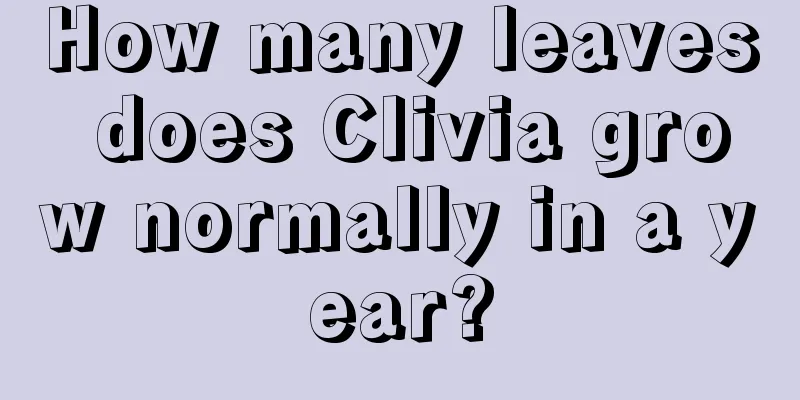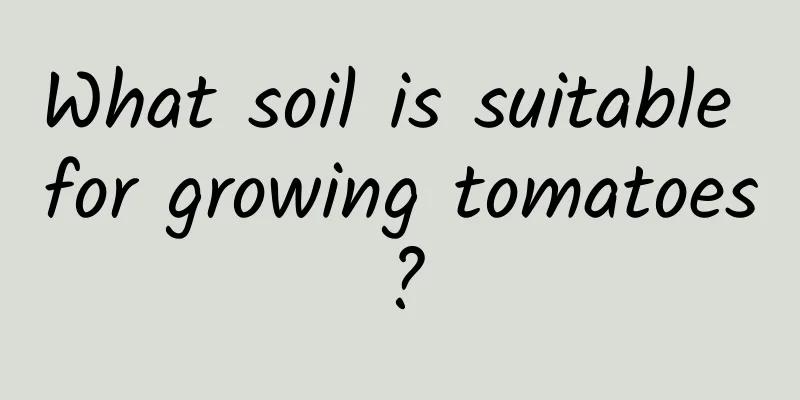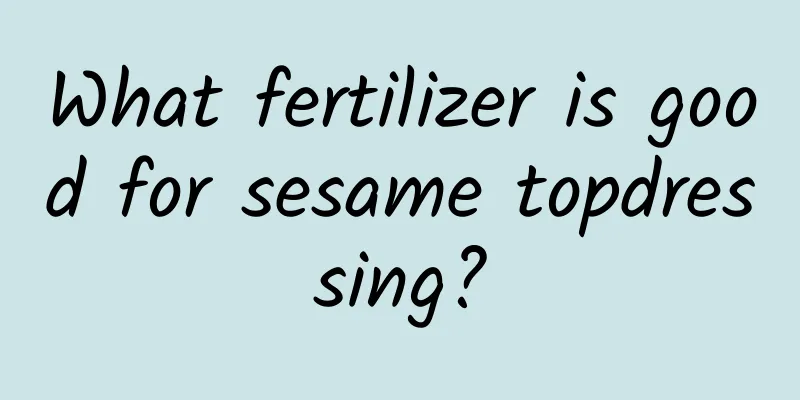How to fertilize flowers at home (how to apply fertilizer to flowers at home)

When should I fertilize flowers?When growing flowers, we mainly check the growth of leaves, whether they are vigorous, shiny, not wilted, and whether there are yellow leaves. If none of these conditions occur, then the time for fertilization can be delayed. Generally, flowers do not need to be fertilized in the first year of planting. The nutrients in the soil or base fertilizer can meet the growth of flowers. It is not easy for novices to master the amount of fertilizer in the first year, and the fertilization will not be effective and it is easy to burn the roots. When to fertilize?After the second year, the flowers have grown, blossomed and borne fruit, consuming most of the nutrients in the soil. The soil gradually becomes unable to support the growth of flowers. At this time, you can apply thin fertilizers frequently to supplement the nutrients of the flowers. Use organic fertilizer with balanced nutrients to supplement the "nitrogen, phosphorus and potassium" needed by crops to promote the growth of branches, leaves and roots. It is recommended to apply it once a month for small flower pots, once a month for large flower pots with large plants, and once every half a month during the growth period. What fertilizer to use when fertilizingFlowers need different nutrients at different growth stages. Daily fertilization mainly uses organic fertilizers with nitrogen as the main component and phosphorus and potassium as the auxiliary component, or buries them in holes when loosening the soil with fermented sheep dung balls, or waters the plants with fermented rice water mixed with water. For some flowering and fruiting plants, it is necessary to supplement "phosphorus and potassium" appropriately before flowering. At this time, phosphorus and potassium not only promote root growth, but also promote reproductive growth, prolong flowering period and increase fruit setting rate. How to control the amount of fertilizerWhen fertilizing plants on a daily basis, you must master the method of "thin fertilizer and frequent fertilization". Delayed nutrient replenishment of small amounts will not cause much harm to flowers, but high nutrients can easily cause fertilizer damage and burn the roots, leading to plant death. When burying organic fertilizer in holes, it is recommended to bury organic fertilizer in holes 3x the size of the flower pot area 10X10. Use organic fertilizer water such as rice washing water, and it is recommended that everyone can fill the soil in a ratio of 1:3 to 1:5. |
Recommend
Are rose pots suitable for deep or shallow pots?
Should I use a deep or shallow pot for roses? It ...
How to cultivate hydroponic green radish to make it more vigorous?
Hydroponics of green radish is a simple and beaut...
How to care for Molan to make it sprout new buds (When does Qihei Molan sprout leaf buds)
How to cultivate black orchid sprouts In fact, th...
What are leafy vegetables?
1. Ordinary leafy vegetables 1. Lettuce: Its leav...
What foods can't be eaten with Astragalus? What foods are incompatible with Astragalus?
1. Things that cannot be eaten together 1. Scroph...
How to grow wisteria in autumn
1. Appropriate lighting Wisteria is a light-lovin...
When is the best time to prune ash trees?
Ash tree pruning Pruning ash trees can save nutri...
"Rose" soaked in water, took root in one month, and the flowers bloomed better than red roses
Huahua told the friend, of course! Well, today, H...
How to grow coral beans
1. Watering It is important to water the plant du...
Why are the leaves of Jade Leaf Soft?
Reason 1 for Jade Plant's leaves becoming sof...
The efficacy and function of Millettia reticulata
1. Morphological characteristics The most special...
Does the lucky flower prefer shade or sun?
Does the lucky flower prefer shade or sun? The lu...
What to do if the sprouts of the money tree don't grow
1. Watering in time Reason: If there is a lack of...
Methods and techniques for grafting plum seedlings
To improve the survival rate of grafted plum seed...
Where do wheat seeds come from?
Where do wheat seeds come from? Wheat seeds are g...









